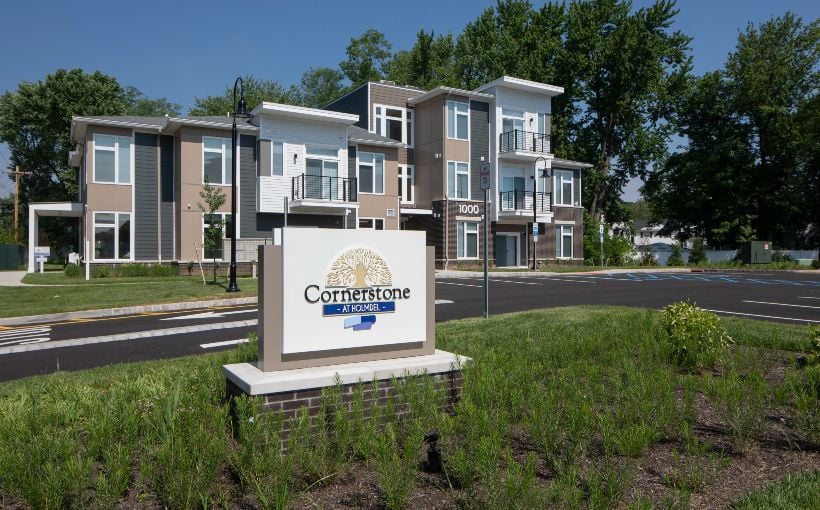In 2023, the capital markets experienced significant volatility, causing a slowdown in both development and investment. To gain insight into what occurred last year and what to expect in 2024, Connect CRE consulted with experts for an expert analysis of the situation. This article is the first installment of a four-part series that will cover topics such as preferred projects for lenders, innovative financing solutions available, and upcoming trends.
The Challenges Faced by Capital Markets in 2023
One major obstacle faced by borrowers seeking capital was rising interest rates. The increase in short-term rates required more equity from developers and owners during new projects or renewals. Additionally, ongoing inflation led to higher direct costs for construction projects which resulted in a need for additional debt/equity to cover expenses.
Furthermore, banking industry turmoil added to the difficulties faced by borrowers as some lenders went out of business while others tightened their lending standards due to current borrowing costs being lower than fixed low-interest rate loans held on their books.
The Impact on Underwriting
Uncertainty surrounding future market conditions caused investor activity across all sectors – banks included -to slow down significantly. This made it challenging for underwriters who struggled with forecasting exit cap rates or interest rates when evaluating deals involving bridge loans or construction loans.
Silver Linings Amidst Turmoil
Despite these challenges facing capital markets last year there were also positive developments such as borrower expectations becoming more realistic towards late-2023 while structures under which debt was available became solidified leading up-to an increasing number of high-quality transactions taking place at better pricing levels compared earlier that same year when uncertainty loomed over take-out market prospects going forward into Q4-23′.
Additionally; lender interest-rates fell during this period allowing those able-to act quickly lock-in lower-than-average borrowing-costs (50bps –75bps) below where they had been most-of-the-year according Northmarq’s Jeff Erxleben’s comments.
The Impact on Well-Capitalized Borrowers
Well-capitalized borrowers were in an advantageous position as they could launch construction projects and take advantage of buying opportunities from sellers looking to offload their assets. Private lenders with strong capital reserves also became more competitive, giving them the ability to cherry-pick high-quality deals and set their own pricing, resulting in higher interest rates and fees.
Looking Ahead: The Possible Spillover into 2024
The outlook for 2024 largely depends on the actions taken by the Federal Reserve which will be influenced by inflation levels. As of December 2023, inflation stood at a rate higher than what was targeted by the Fed while GDP grew unexpectedly during Q4-23′. This has led to speculation that there may be a reduction in rates starting this year; however experts are divided on whether or not this will actually occur.
Some believe that if current trends continue then we can expect lower interest rates going forward – according-to Mortgage Bankers Association’s Ivan Kustic who forecasts EFFR dropping from its current level (5.33%) down-to around (4.62%) come end-of-year while others such as Tower Capital’s Adam Finkel remain skeptical stating “we’re not completely sure about where cap-rates are headed or if there is going be any distress hitting markets.”
Conclusion: Stability Amidst Uncertainty
Despite uncertainty surrounding future market conditions including potential geopolitical risks such as ongoing wars overseas or domestic political divisions here at home; most agree that capital markets have stabilized since late last year with regards lender activity remaining relatively stable compared earlier when volatility was much more pronounced leading up-to an expectation ‘more-of-the-same’ environment throughout remainder-of-24′.
As Colliers Structure Finance Group’s Shahin Yazdi points out “Capital providers will continue using discretion when issuing new loans but start increasing CRE lending towards second-half next-year once markets begin stabilizing.” Similarly; Red Oak Capital Holdings’ Gary Bechtel believes that lenders will continue to be cautious but also expects an increase in lending activity as borrowers become more reasonable with their pricing and leverage expectations.
In summary, while there are still uncertainties surrounding interest rates and market conditions, the current outlook for 2024 is one of stability with potential for increased lender activity towards the end of the year.




